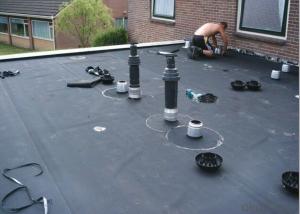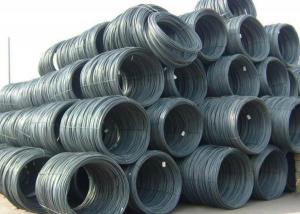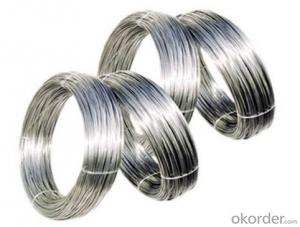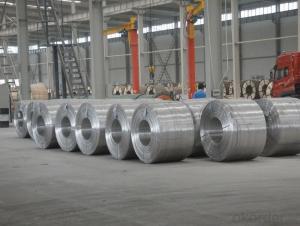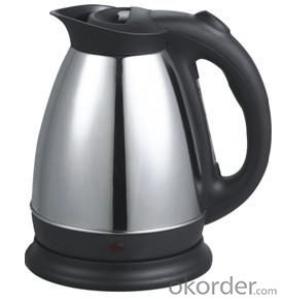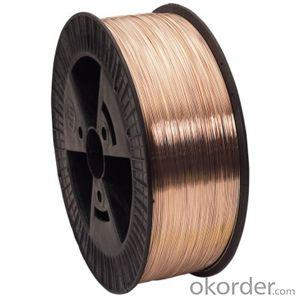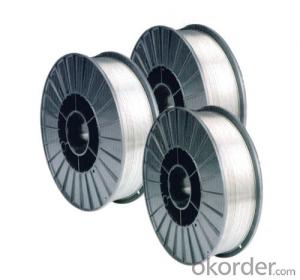1.5 Mm Stainless Steel Rod
1.5 Mm Stainless Steel Rod Related Searches
Best Paint For Stainless Steel Blanket Insulation For Steel Buildings Primer For Galvanized Steel Foam Filter For Stainless Steel H S Code For Stainless Steel Surface Grinding Wheels For Stainless Steel Surface Grinding Wheels For Hardened Steel Hole Saw For Stainless Steel Paint For Stainless Steel Stainless Steel For BbqHot Searches
Steel Mesh Panels For Sale Price For Stainless Steel Scrap Scrap Price For Stainless Steel Price For Stainless Steel Stainless Steel Tank For Sale Stainless Steel Sheets For Sale Cheap High Tea Sets For Sale Stainless Steel Tanks For Sale Stainless Steel For Sale High Density Fiberboard For Sale Solar Hot Water Collectors For Sale Scaffolding For Sale In Uae Scaffolding For Sale In Ireland Scaffolding For Sale In Houston Type Of Inverter For Solar Price Of Shipping Containers For Sale Types Of Inverter For Solar Stock Price For Aluminum Used Solar Inverter For Sale Steel Mesh Panels For Sale1.5 Mm Stainless Steel Rod Supplier & Manufacturer from China
Okorder.com is a professional 1.5 Mm Stainless Steel Rod supplier & manufacturer, offers integrated one-stop services including real-time quoting and online cargo tracking. We are funded by CNBM Group, a Fortune 500 enterprise and the largest 1.5 Mm Stainless Steel Rod firm in China.Hot Products
FAQ
- There are several methods to measure the tensile strength of stainless steel wire. The most common method is the tensile test, where a sample of the wire is pulled until it breaks, and the force required to break it is measured. Another method is the stress-strain curve analysis, where the elongation and applied load on the wire are measured to determine its tensile strength. Additionally, non-destructive methods like ultrasonic testing and magnetic particle inspection can also be used to assess the tensile strength of stainless steel wire.
- Yes, stainless steel wire is highly suitable for marine environments. Stainless steel is known for its corrosion resistance, which is critical in marine environments due to the high levels of salt, moisture, and other corrosive elements present. Stainless steel wire is specifically designed to withstand exposure to these harsh conditions without rusting or corroding. It is commonly used in marine applications such as rigging, boat fittings, fishing equipment, and marine structures. Additionally, stainless steel wire has excellent strength and durability, making it ideal for withstanding the mechanical stresses and strains encountered in marine environments. Overall, stainless steel wire is a reliable and long-lasting choice for marine applications.
- There are several different types of stainless steel wire fences available, each with its own unique characteristics and purposes. Here are a few common types: 1. Woven Wire Fences: These fences are constructed by weaving stainless steel wires together in a crisscross pattern. They are often used for agricultural purposes, such as containing livestock or protecting crops from wildlife. Woven wire fences come in various mesh sizes and wire gauges to accommodate different needs. 2. Welded Wire Fences: These fences are made by welding stainless steel wires at their intersection points, creating a sturdy and durable structure. They are commonly used for residential and commercial applications, such as securing properties or creating enclosures for pets. Welded wire fences can be customized with different wire diameters and mesh sizes to suit specific requirements. 3. Chain Link Fences: While not entirely made of stainless steel, chain link fences feature stainless steel wires woven into a diamond-shaped mesh. They are versatile and widely used in both residential and commercial settings. Chain link fences offer a balance between security and visibility, making them suitable for a variety of applications, including boundary marking, sports fields, and industrial enclosures. 4. Electric Fences: These fences utilize stainless steel wires that are electrified to deter animals or intruders from crossing the boundary. Electric fences are commonly used in agricultural and livestock settings to keep animals contained, as well as in security applications to reinforce perimeter defenses. 5. Barbed Wire Fences: Barbed wire fences consist of stainless steel wires with sharp barbs spaced along their length. They are primarily used for security purposes, typically in rural areas or industrial sites. Barbed wire fences act as a strong deterrent, preventing unauthorized access and ensuring perimeter protection. It is important to note that stainless steel wire fences offer excellent resistance to corrosion and are known for their durability. They are highly versatile, allowing for various designs and configurations to meet specific needs in different environments.
- The different packaging options for stainless steel wire typically include spools, coils, reels, and straight lengths.
- How can the stainless steel tube be made of silk?
- Stainless steel pipe is a kind of hollow long strip round steel, mainly used in petroleum, chemical, medical, food, light industry, machinery, instrument and other industrial pipeline and mechanical structure parts. In addition, the bending and torsional strength of the same weight is lighter, so it is also widely used in the manufacture of mechanical parts and engineering structures. It is also used to produce all kinds of conventional weapons, guns, shells and so on.
- Yes, stainless steel wire can be used for wire rope rigging. Stainless steel wire rope is known for its high strength, corrosion resistance, and durability, making it suitable for various applications in the rigging industry. It is commonly used in marine environments or in outdoor settings where exposure to moisture, saltwater, or harsh weather conditions is a concern. Stainless steel wire rope is also favored for its ability to withstand heavy loads and resist deformation. Additionally, it offers excellent resistance to chemicals, making it suitable for rigging applications in industries such as construction, mining, and oil and gas.
- Yes, stainless steel wire can be used for guitar strings. It is a popular choice for guitar strings due to its durability, bright tone, and resistance to corrosion. Stainless steel strings offer a crisp and articulate sound, making them suitable for various playing styles and genres.
- There are several different wire tensile strength classes available for stainless steel wire. These classes are determined by the level of tensile strength the wire possesses, which is a measure of the maximum load the wire can withstand before breaking. The most common tensile strength classes for stainless steel wire include 302, 304, 316, and 17-7. - 302 stainless steel wire has a tensile strength of approximately 185,000 to 225,000 pounds per square inch (psi). It is commonly used in applications that require good corrosion resistance and moderate strength. - 304 stainless steel wire has a slightly higher tensile strength range of about 185,000 to 230,000 psi. It is one of the most widely used stainless steel alloys due to its excellent corrosion resistance, formability, and weldability. - 316 stainless steel wire has a higher tensile strength range of around 200,000 to 250,000 psi. It offers superior corrosion resistance compared to 302 and 304 stainless steel, making it ideal for use in marine environments or applications exposed to harsh chemicals. - 17-7 stainless steel wire has the highest tensile strength among these classes, ranging from 220,000 to 250,000 psi. It is a precipitation-hardening stainless steel alloy that offers excellent strength, corrosion resistance, and fatigue resistance. It is commonly used in aerospace, automotive, and medical applications. These different tensile strength classes allow for a wide range of options when selecting stainless steel wire, allowing manufacturers to choose the appropriate strength level based on the specific requirements of their application.






















